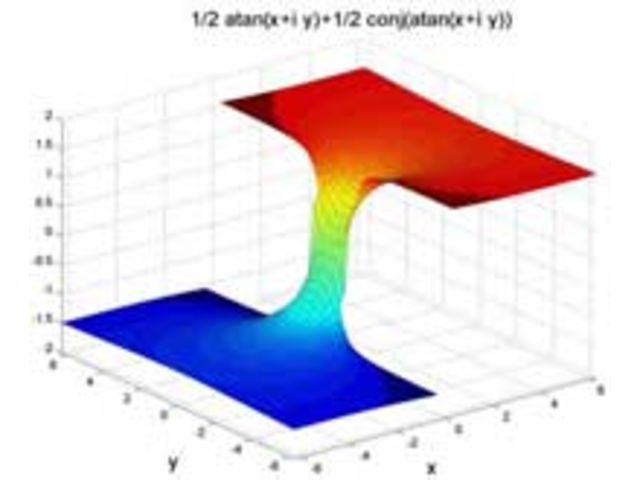
You can do this with the following syntax: Suppose you defined the function f = a + b + c and wish to substitute a = 3 into f. Substitutions can be made into functions of symbolic variables. Substituting Values into Symbolic Variables > f(a,b,c) = a + b + c % or f = symfun(a + b + c, ) if you want to be more explicit

If you want to create an actual function, it's not much harder: If you do it this way, you can then subsequently perform substitution, differentiation, and so on with respect to any one of these variables. This is probably the most intuitive way to do it: You can create functions of symbolic variables, not just the variables themselves. MAPLE is thus more picky about what operators you can use than MATLAB. There is no function to directly change a symbolic variable into a function handle, unfortunately.Ī caveat: Making a symbolic variable of negative exponentials can create problems if you don't use the correct syntax. Other class conversions are possible as well for instance, to change it into a string use the 'char' function. To make MATLAB change this back into a 'double', type: Here, of course, MATLAB would normally return 0.5. For example, to represent the number 0.5 as a fraction, you can use: The difference between symbolic numbers and normal MATLAB numbers is that, if possible, MAPLE will keep the symbolic number as a fraction, which is an exact representation of the answer. Symbolic numbers can also be declared using the syntax a(3) = sym('number'). > a(3) = 1 %would normally be class 'double' If you try to add a number into a symbolic array it will automatically turn it into a symbolic number.
#How to check if i have symbolic math toolbox how to#
This section helps explain how to declare them. Symbolic numbers allow exact representations of fractions, intended to help avoid rounding errors and representation errors. The following creates three symbolic variables, a b and c. By default, the symbolic variables created have the same names as the arguments of the 'syms' function. Symbolic variables can also be declared many at a time using the 'syms' function. You can create arrays of symbolic expressions like everything else: You can declare a single symbolic variable using the 'sym' function as follows. The MATLAB student version comes with a copy of the symbolic math toolbox. The symbolic math toolbox takes some time to initialize, so if nothing happens for a few seconds after you declare your first symbolic variable of the session, it doesn't mean you did anything wrong. Rather, it is useful as a supplement to provide functions which MATLAB, as a numerical engine, has difficulty with. It is important to remember that MAPLE is not a numeric engine, which means that there are certain things it doesn't let you do that MATLAB can do. The toolbox simply calls the MAPLE kernel with whatever symbolic expressions you have declared, and then returns a (usually symbolic) expression back to MATLAB. The symbolic toolbox is a bit difficult to use but it is of great utility in applications in which symbolic expressions are necessary for reasons of accuracy in calculations. Introduction to the Symbolic Math Toolbox 6.2 Differentiation and Integration of Multivariable Functions.6.1 Differentiation and Integration with One Variable.5.2 Solving Symbolic Functions for Particular Variables.5.1 Solving Algebraic Equations With a Single Variable.4.2 Using Functions with Symbolic Matrices as Inputs.4.1 Substituting Values into Symbolic Variables.1 Introduction to the Symbolic Math Toolbox.As I said before this isn't usually a good way in practice, partially because logs are pretty computationally expensive, but it is a way to do this. You only need compute this sum to sufficient precision to rule out it equaling either 0 or 1. The perpendicular distances from $AB, P_^4 \log(1-w_j)- \log(w_j)$ where $w_2,w_3$, and $w_4$ are defined analogously to $w_1$. This approach can be employed to any irregular polygon, too.Īnother way is to calculate the perpendicular distances of $P(x,y)$ from all the 4 lines $AB,CD, AD,BC$ Observe that the equality of the sum is necessary it is not sufficient that area$=0$),Įlse $P(x,y)$ is is inside the rectangle.Īcceptably this approach needs substantial amount of computation.

If area of any of the triangles is $0$, then $P(x,y)$ is on the rectangle (in fact on that line corresponding to the triangle of area$=0$). If this sum is greater than the area of the rectangle, then $P(x,y)$ is outside the rectangle.Įlse if this sum is equal to the area of the rectangle (observe that this sum cannot be less than the latter),
+or+syms+The+key+function+in+Matlab+to+create+a+symbolic+representation+of+data+is%3A+sym()+or+syms+if+you+have+multiple+symbols+to+make..jpg)
Let $P(x,y)$, and rectangle $A(x_1,y_1),B(x_2,y_2),C(x_3,y_3),D(x_4,y_4)$Ĭalculate the sum of areas of $\triangle APD, \triangle DPC, \triangle CPB, \triangle PBA$.


 0 kommentar(er)
0 kommentar(er)
